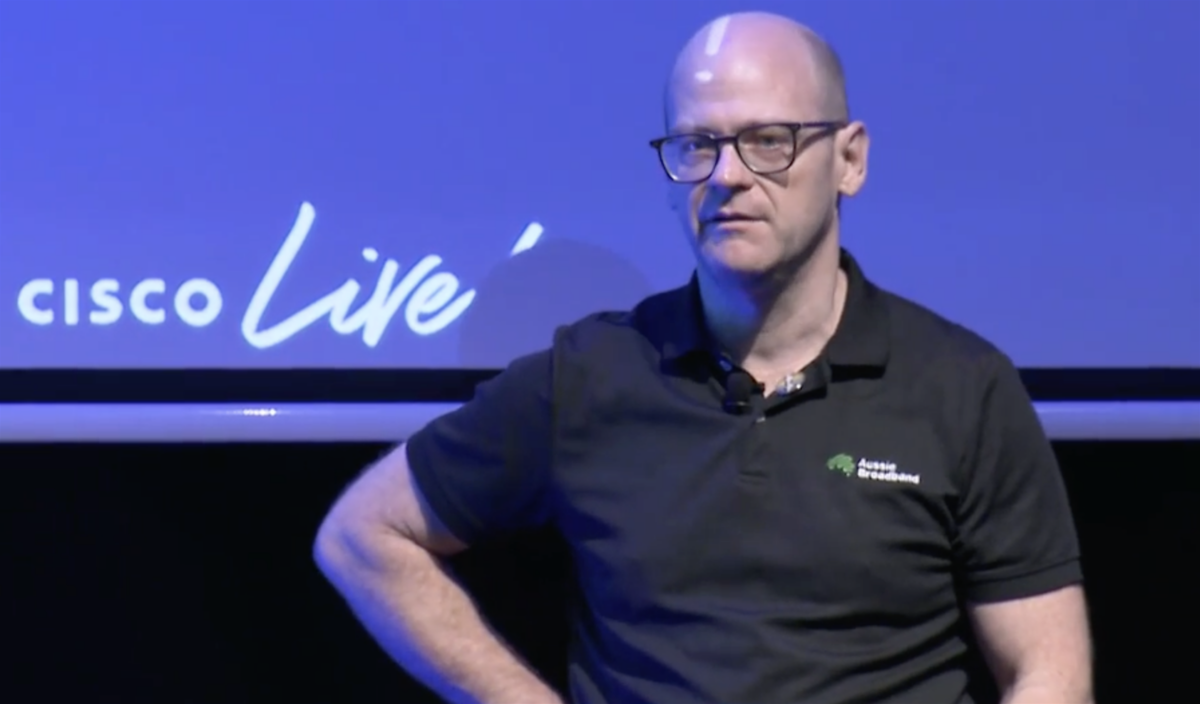“Aussie Broadband Reveals Plans for an Innovative Private Cloud”
We independently review everything we recommend. When you buy through our links, we may earn a commission which is paid directly to our Australia-based writers, editors, and support staff. Thank you for your support!

How Aussie Broadband is Creating a Next-Gen Private Cloud
Quick Overview
- Aussie Broadband is developing a private cloud solution to streamline outdated systems and enhance operational effectiveness.
- The platform will incorporate innovative technologies from Cisco, NetApp, Pure Storage, and SuSE.
- Expected advantages include decreased technology debt, optimization of data centre space, and the modernization of engineering processes.
- Research into artificial intelligence integration is underway to boost customer self-service functionalities.
- The initial production workloads are projected to transition by mid-2025.
Reasons Behind the Private Cloud Initiative
Aussie Broadband is on a transformative path to construct a next-gen private cloud platform. Following rapid expansion through organic growth and acquisitions, the firm has built up a complicated technical landscape that is costly and challenging to oversee. To tackle these challenges, the new private cloud platform seeks to integrate legacy systems, modernize processes, and improve scalability.
Ben O’Shea, Transformation and Cloud Platform General Manager, states that the goal of the initiative is to create “one platform to rule them all,” intended to supplant current compute and containerization platforms.
Examining the Advanced Tech Stack
The endeavor utilizes a powerful range of technologies from top-tier vendors:
- Cisco: Offering Nexus hardware for VXLAN EVPN data centre infrastructures and compute solutions through its Unified Computing System (UCS).
- NetApp: Providing all-flash fabric-attached storage (AFFs) for dependable high-performance storage.
- Pure Storage: Delivering Portworx software-defined storage for aggregation and safeguarding.
- SuSE: Featuring Rancher RKE2 for containerization, Harvester for infrastructure-as-a-service (IaaS), and NeuVector for security and monitoring.
These technologies represent the foundation of a high-performance and scalable cloud ecosystem, designed to support Aussie Broadband’s ambitious growth objectives.
Project Timeline and Migration Objectives
The private cloud initiative has been underway for six months, with Aussie Broadband aiming to start moving its first production workloads by mid-2025. As the platform develops, it will also accommodate additional services, including database-as-a-service (DBaaS), API gateways, and integration tools.
Upon completion of the project, Aussie Broadband plans to phase out its legacy virtualization, Docker, and Kubernetes platforms, significantly lowering technology debt and freeing up data centre resources.
Preparing for Telecommunications Growth
A crucial impetus for the initiative is the requirement to scale efficiently in a telecommunications sector that necessitates real-time performance and flexibility. O’Shea underscores that a key aim of the new platform is the swift deployment of solutions through automation and zero-touch provisioning.
Investigating AI for Improved Customer Service
Beyond upgrading infrastructure, Aussie Broadband is assessing the use of artificial intelligence (AI) to enhance customer support. O’Shea imagines AI-driven tools that can process data from home routers and Wi-Fi networks to offer real-time insights into connectivity challenges. This could empower customers with self-service performance adjustments, such as prioritizing specific traffic during high-demand periods.
For example, customers grappling with slow streaming on Netflix might receive an AI-generated suggestion to prioritize their streaming traffic, ensuring an enhanced viewing experience.
Conclusion
Aussie Broadband’s groundbreaking private cloud project is poised to revolutionize its internal infrastructure, delivering an integrated platform that merges legacy systems and boosts operational effectiveness. By leveraging solutions from Cisco, NetApp, Pure Storage, and SuSE, the platform is set to facilitate growth, streamline technical operations, and enhance customer service through AI-driven insights. With the initial workloads scheduled for migration by mid-2025, Aussie Broadband is establishing a standard for innovation within the telecommunications arena.
Q&A: Key Inquiries Regarding Aussie Broadband’s Private Cloud
Q: What is the primary objective of Aussie Broadband’s private cloud venture?
A:
The primary aim is to streamline legacy systems, decrease technology debt, and deliver a scalable, efficient platform to back the company’s growth and modernization strategies.
Q: What technologies are incorporated into the private cloud platform?
A:
The platform utilizes Cisco Nexus for networking, NetApp AFFs for storage, Pure Storage’s Portworx for software-defined storage, and SuSE’s Rancher RKE2, Harvester, and NeuVector for cloud operations and security.
Q: When will the new platform be functional?
A:
Aussie Broadband intends to migrate its first production workloads to the platform by mid-2025 and will continue to develop it to offer further services in the future.
Q: How will the platform enhance customer experiences?
A:
The platform will enable the rapid deployment of innovative solutions and leverage AI to deliver real-time insights and self-service options to customers for optimizing their broadband performance.
Q: What legacy systems will be phased out?
A:
The project will retire Aussie Broadband’s old virtualization platforms, Docker, Kubernetes, along with outdated compute and storage hardware.
Q: In what ways will AI benefit Aussie Broadband customers?
A:
AI will evaluate real-time information from routers and Wi-Fi networks to identify performance issues and provide actionable solutions, such as traffic prioritization, directly for customer benefits.
